Cuban Ballet Legend Alicia Alonso Dead At 98
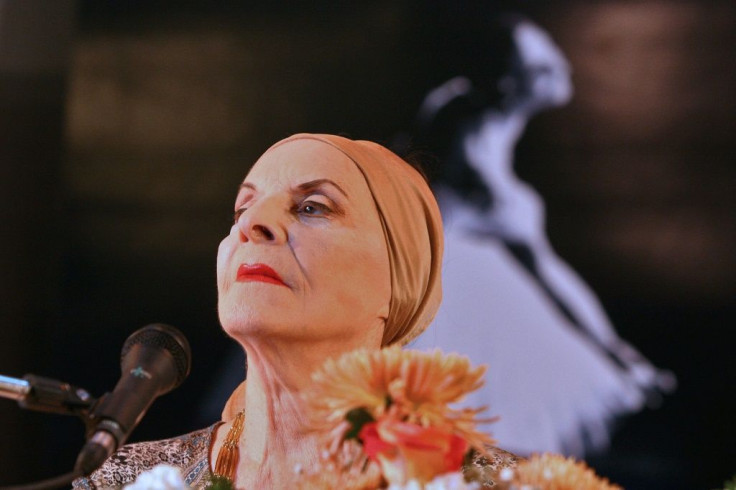
Cuban ballet legend Alicia Alonso, who developed a new Latin-influenced style and taught well into her 90s despite being practically blind for most of her dancing career, died on Thursday. She was 98.
Known for her strong character and strict discipline, and revered in Cuba as one of its most important personalities, Alonso impressed audiences with her dramatic leaps and sensual style.
Even at 40, she was still able to perform the 32 fouettes of "Swan Lake."
She was the only Latin-American ever to have been recognized as a "prima ballerina assoluta" -- a rare honor awarded to the most exceptional female ballerinas of their generation
"Alicia Alonso is gone and leaves a huge void, but also an insurmountable legacy," President Miguel Diaz-Canel said on Twitter.
"She placed Cuba on the altar of the world's best dancing. Thank you Alicia for your immortal work."
The National Ballet of Cuba, a company she founded, confirmed her death.
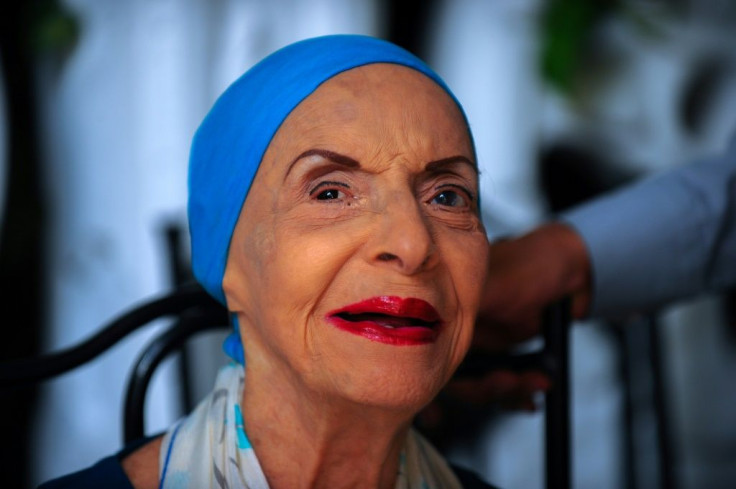
Temperamental, sensual
Alonso was known for being temperamental but also for her strict discipline: as a choreographer, she was known for perfectionist demands that required exhausting rehearsals.
In a country of salsa where classical ballet was little known before her, Alonso founded the National Ballet of Cuba and developed its unique style, a blend of the island's sensual rhythms with technical precision.
Alonso hung up her ballet shoes as she neared the age of 75, but remained in the studio as a demanding teacher and choreographer, always svelte and elegant in bright headscarves, lipstick and nails.
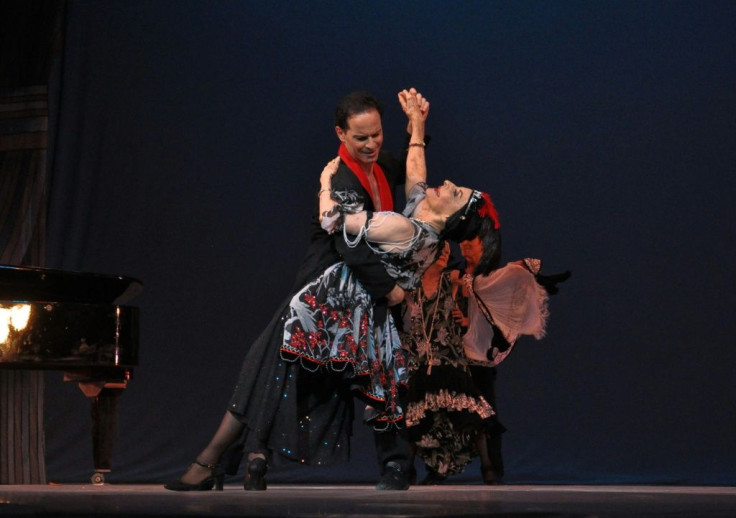
As her eyesight failed her, she would often say, "I dance in my mind."
International star
Alicia Ernestina de la Caridad del Cobre Martinez del Hoyo was born in Havana on December 21, 1920. She later took the name of her first husband, choreographer Fernando Alonso.
She started dancing early, making her debut as a ballerina in Havana in 1931.
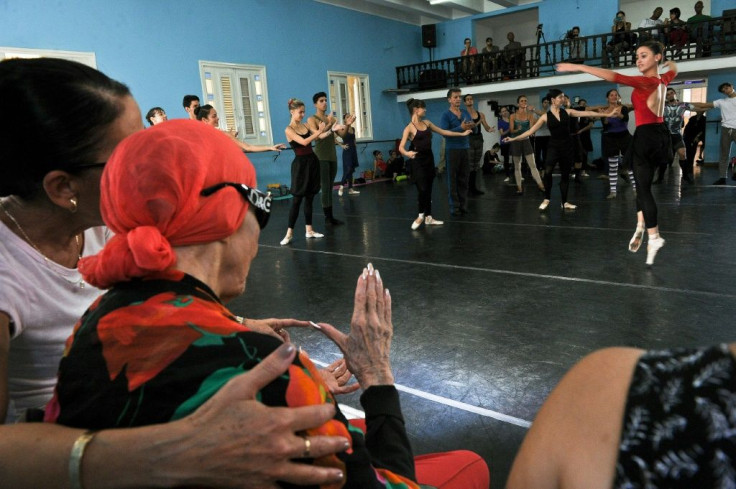
Her international career was launched in 1938 in Broadway musicals and in 1940, she joined the Ballet Theatre of New York, now the American Ballet Theatre, becoming its prima ballerina.
Debuting at the New York's Metropolitan Opera House in 1943 with the principal role in "Giselle," Alonso delivered lively and precise performances that brought her international acclaim.
Her "Cuban version" of classics like "Carmen," "Sleeping Beauty," "Coppelia," "Swan Lake" and "The Nutcracker" also won praise.
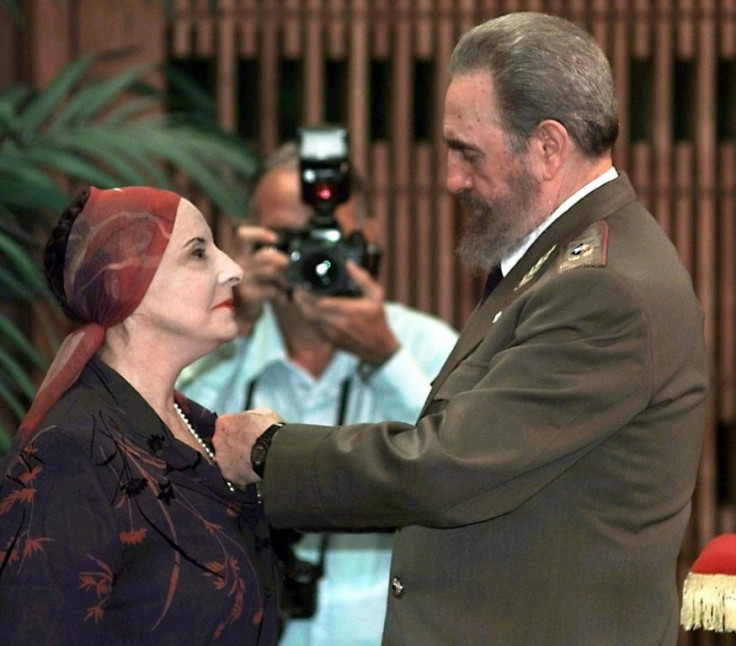
Accolades came despite a heavy handicap: Alonso was practically blind from the age of 20 after her retinas became detached.
She could only see shadows and, for most of her career performances, was guided by lights positioned on the stage.
'Cuban style'
After conquering world capitals and passing through Russia's renowned Bolshoi and the Paris Opera, Alonso returned to Cuba in 1948.
Turning down myriad offers to leave the island throughout her career, she created the Academia de Ballet, which was closed in 1956 by the government of Fulgencio Batista.
After the 1959 communist revolution led by Fidel Castro, Alonso and her husband founded the National Ballet of Cuba, which she directed for decades, imposing its mix of Latin flair and world-class technique.
"The Alonsos forged the Cuban style out of old Russian and Western techniques, grafted on to an extrovert national temperament and culture blending Africa with Spain," Britain's Independent newspaper wrote in 2003.
"There is Cuban joie de vivre and sensuality, but equally musicality and academic precision," it said.
Alonso remarked to journalists in 2010, during a visit to France, that Cubans have a "gentle sensuality ... in our blood."
"I don't know where it comes from, maybe from the climate. But there is something different."
'Where's the sword?'
Alonso was also able to lure male dancers to her company -- an accomplishment in a country where machismo runs deep.
"She would tell them we were doing fencing classes," one-time protegee Aurora Bosch told AFP in 2016.
"When they would start rehearsing ballet steps, they would say, 'Wait, where's the sword?'"
But, drawn in by Alonso's magnetism, they would stay.
"And today, our school, our way of dancing, stands out in large part because of our male dancers," Bosch said.
Alonso faced some criticism internationally for her close relationship with Castro's regime.
But at home, she is a hero, receiving in 2000 the country's highest honor, the Order of Jose Marti.
She was described at the time as "one of the most important individuals in Cuban culture of all time."
In 2015, Havana's Gran Teatro was rebaptized to include her name in recognition of her contribution to Cuban culture and "fidelity to the Revolution."
© Copyright AFP 2024. All rights reserved.



















